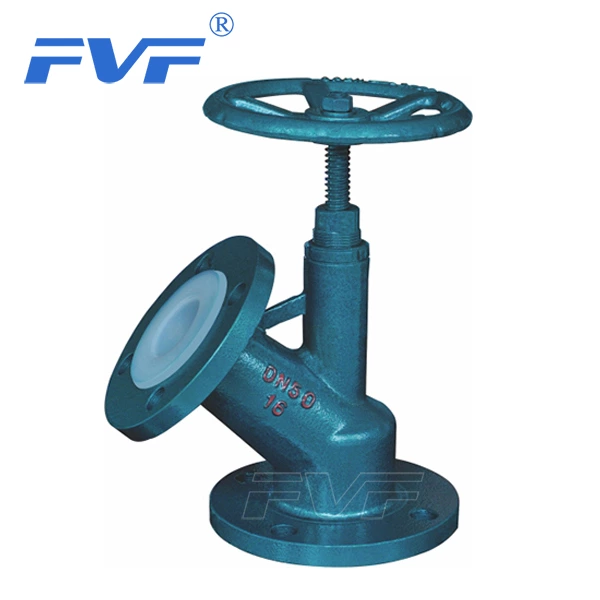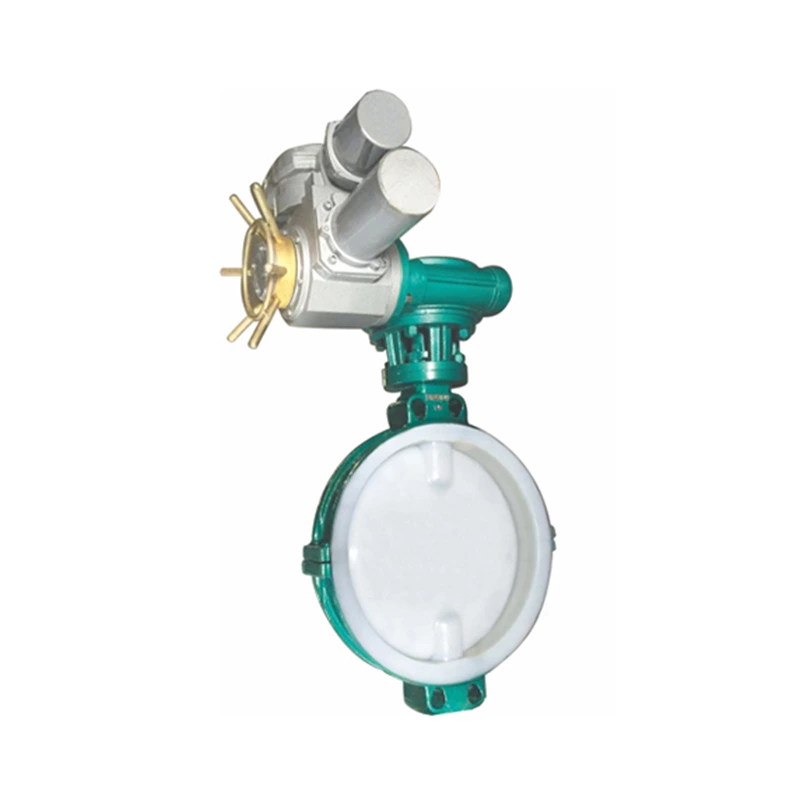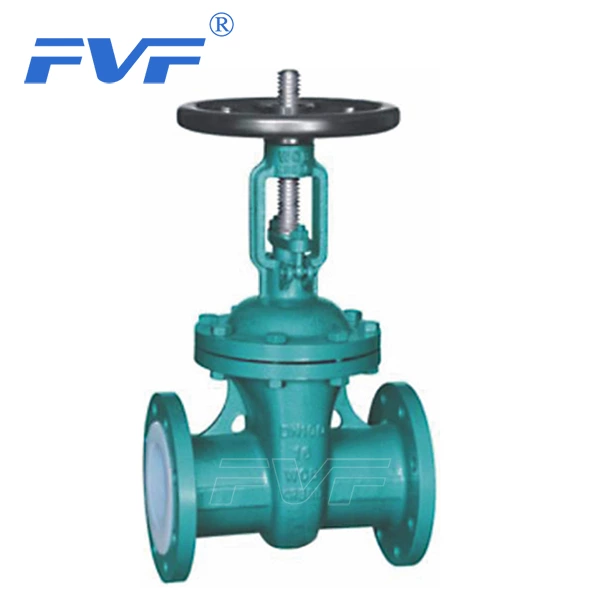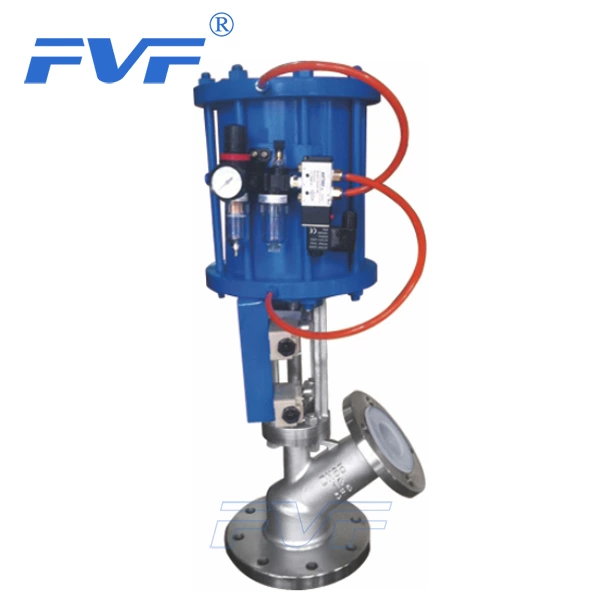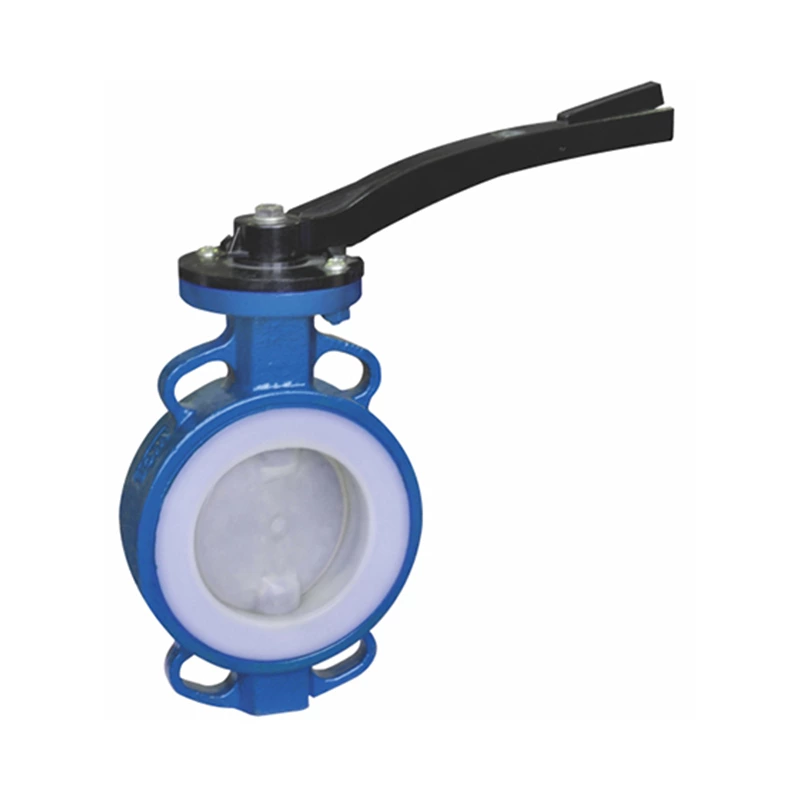How To Reduce Valve Corrosion?
1. Select corrosion-resistant materials according to the characteristics of corrosive substances.
In actual production, the corrosion problem of the medium is quite complicated. Even if the same valve material is used, the concentration, temperature and pressure of the medium are different, and the degree of corrosion to the material will vary. When the medium temperature increases by 10°C, the corrosion rate will increase by about 1 to 3 times.
The concentration of the medium has a significant effect on the corrosion of Lined Valve materials. For example, lead corrodes slightly in low concentrations of sulfuric acid, but when the concentration exceeds 96%, the degree of corrosion increases sharply. On the contrary, carbon steel will be more severely corroded when the concentration of sulfuric acid is about 50%, but when the concentration exceeds 6%, the degree of corrosion will decrease sharply.
In high-concentration nitric acid, aluminum is very susceptible to corrosion, and the degree of corrosion is more serious at medium and low concentrations. Although stainless steel has strong corrosion resistance to dilute nitric acid, the corrosion is aggravated in nitric acid with a concentration of more than 95%.
It can be clearly seen from the above cases that when selecting valve materials, judgments should be made based on specific circumstances, different corrosion factors should be analyzed, and choices should be made based on relevant anti-corrosion manuals.
2. Use non-metallic materials
Non-metallic materials have excellent corrosion resistance. When the temperature and pressure of the valve meet the requirements of non-metallic materials, it can not only solve the corrosion problem, but also save expensive metal materials.
Valves usually use non-metallic materials to manufacture valve bodies, valve covers, linings and sealing surfaces, while gaskets and fillers are mainly made of non-metallic materials.
Use plastics such as polytetrafluoroethylene and chlorinated polyether, or rubbers such as natural rubber, chloroprene rubber, and nitrile rubber as valve linings, while the valve body and valve cover are usually made of ordinary cast iron or carbon steel. This design not only ensures the strength of the valve, but also prevents the valve from being affected by corrosion.
The design of the pinch valve is based on the outstanding corrosion resistance and excellent deformation performance of rubber. In recent years, more and more people have used plastic materials such as nylon and polytetrafluoroethylene to manufacture various sealing surfaces and sealing rings for different types of valves.
These non-metallic materials are used as sealing surfaces, which not only have good corrosion resistance, but also excellent sealing performance, and are particularly suitable for occasions containing granular media. However, their strength and heat resistance are low, so their application range is limited to a certain extent.
The introduction of flexible graphite has given non-metals the opportunity to enter the high-temperature field, successfully solving the long-standing problem of packing and gasket leakage, and is widely used in the field of high-temperature lubricants.
